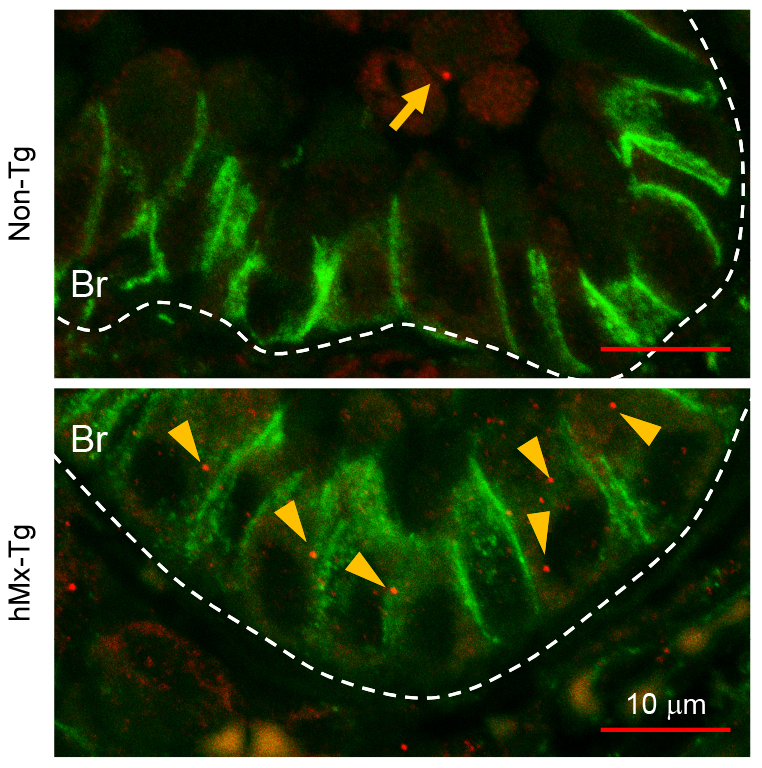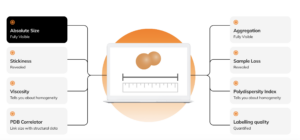
Researchers identify viral inflammation switch
A team of Japanese and German researchers has found the protein that helps activate the inflammasome following viral invasion.
Their findings in mice models that were infected with the Influenza A virus may have also impact on further virally induced inflammations,researchers at University Freiburg, Germany, and at University of Tsukuba, Japan, report in Science Immunology. They identified a protein sensor, called myxoma resistance protein 1 (MxA), that was known for directly inhibiting viral replication, but was not known for its ability to confer protection through innate antiviral immunity.
Specifically, MxA acts as a sensor of epithelial cells that activates the inflammosome, a multiprotein complex of the innate immune system that boosts inflammatory responses to cell stress, toxins or molecules of microbial origin such as RNA to remove infectious agents.
According to SangJoon Lee and colleagues, MxA interacts with inflammasome proteins to trigger a rapid inflammatory response. In transgenic mice expressing human MxA, rapid secretion of IL-1? in the respiratory tract helped curb infection with the influenza A virus. Because MxA can also target other viruses, including avian flu and vesicular stomatitis viruses, it will be interesting to explore in future work whether the protein sensor has similar innate immune effects in viral infections beyond the flu, the authors say.


 John Kiel - wikipedia
John Kiel - wikipedia Sanofi
Sanofi FIDA Biosystems ApS
FIDA Biosystems ApS